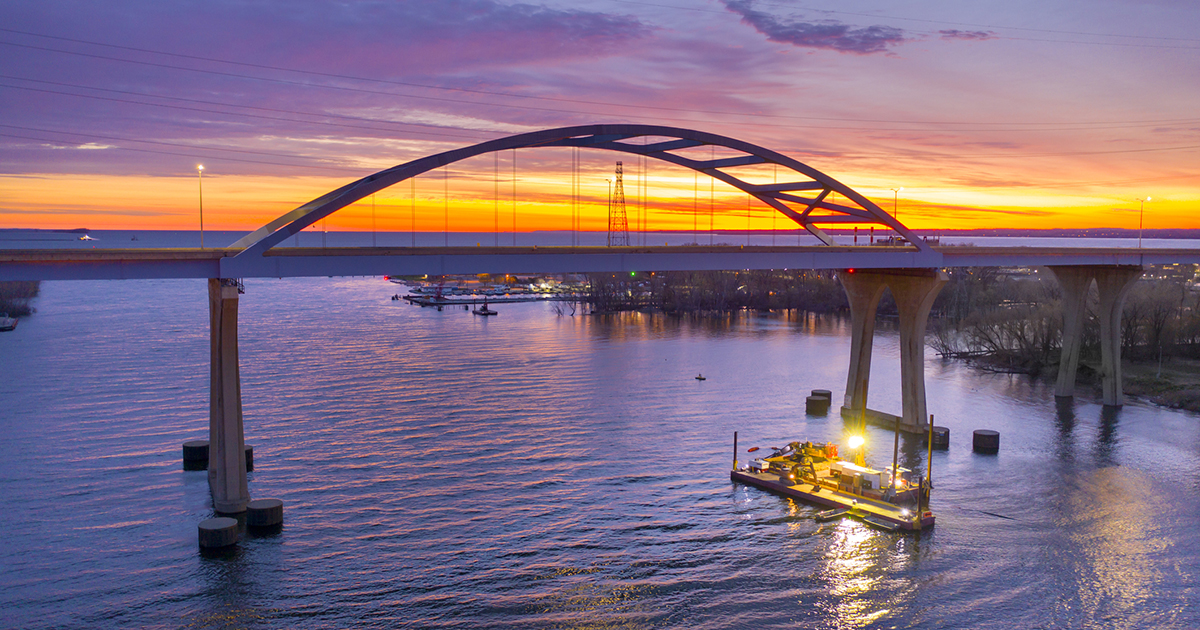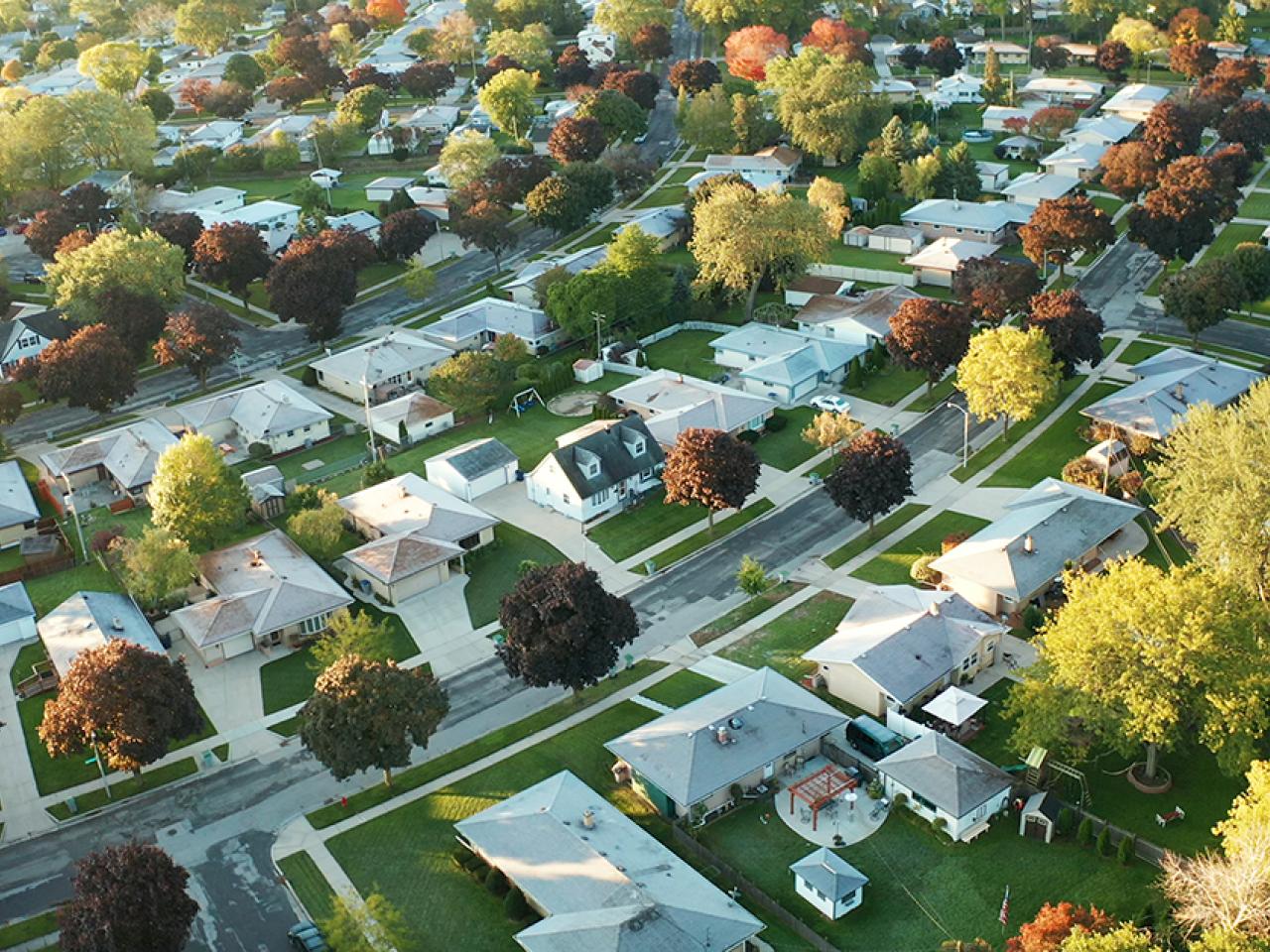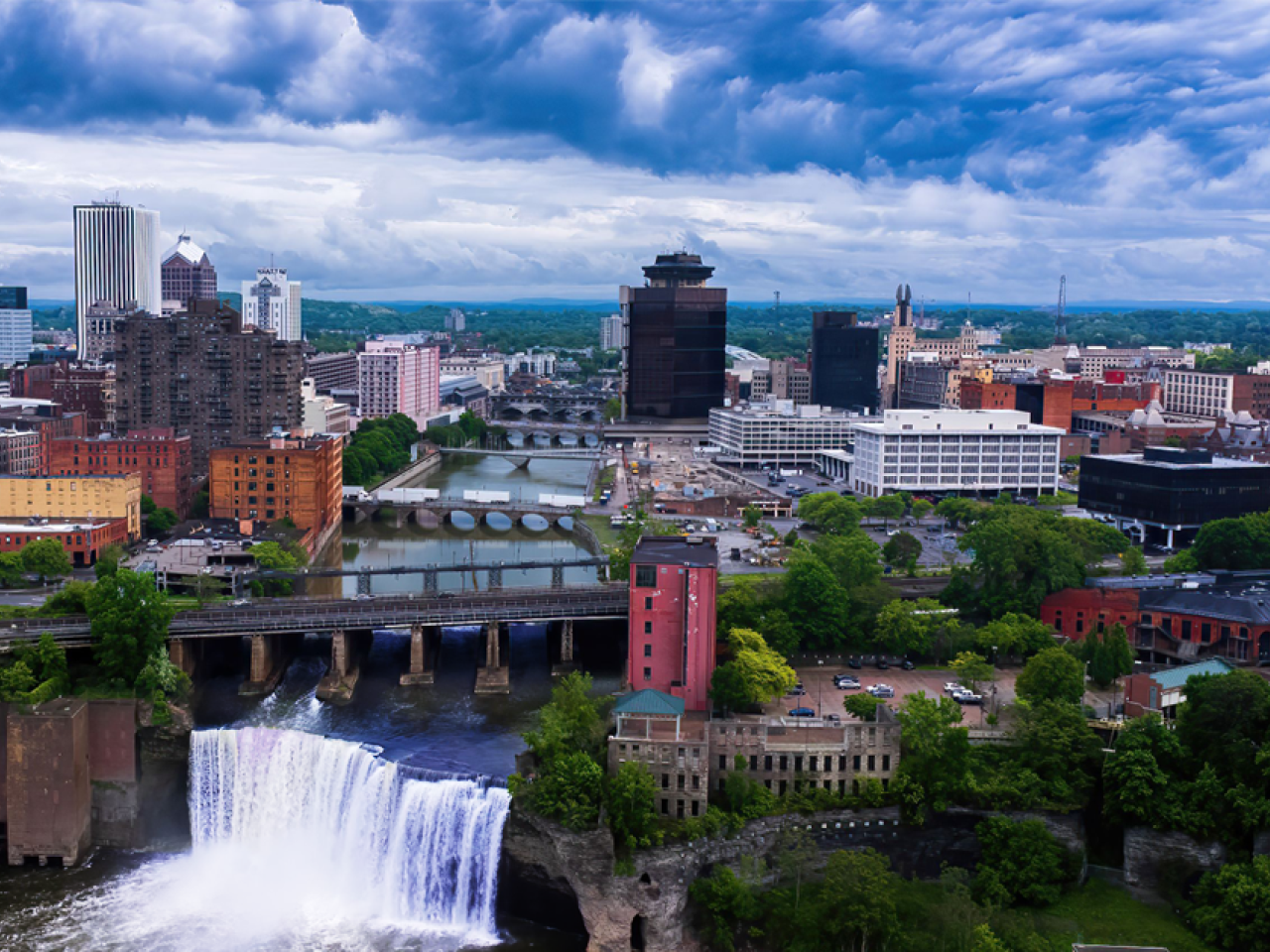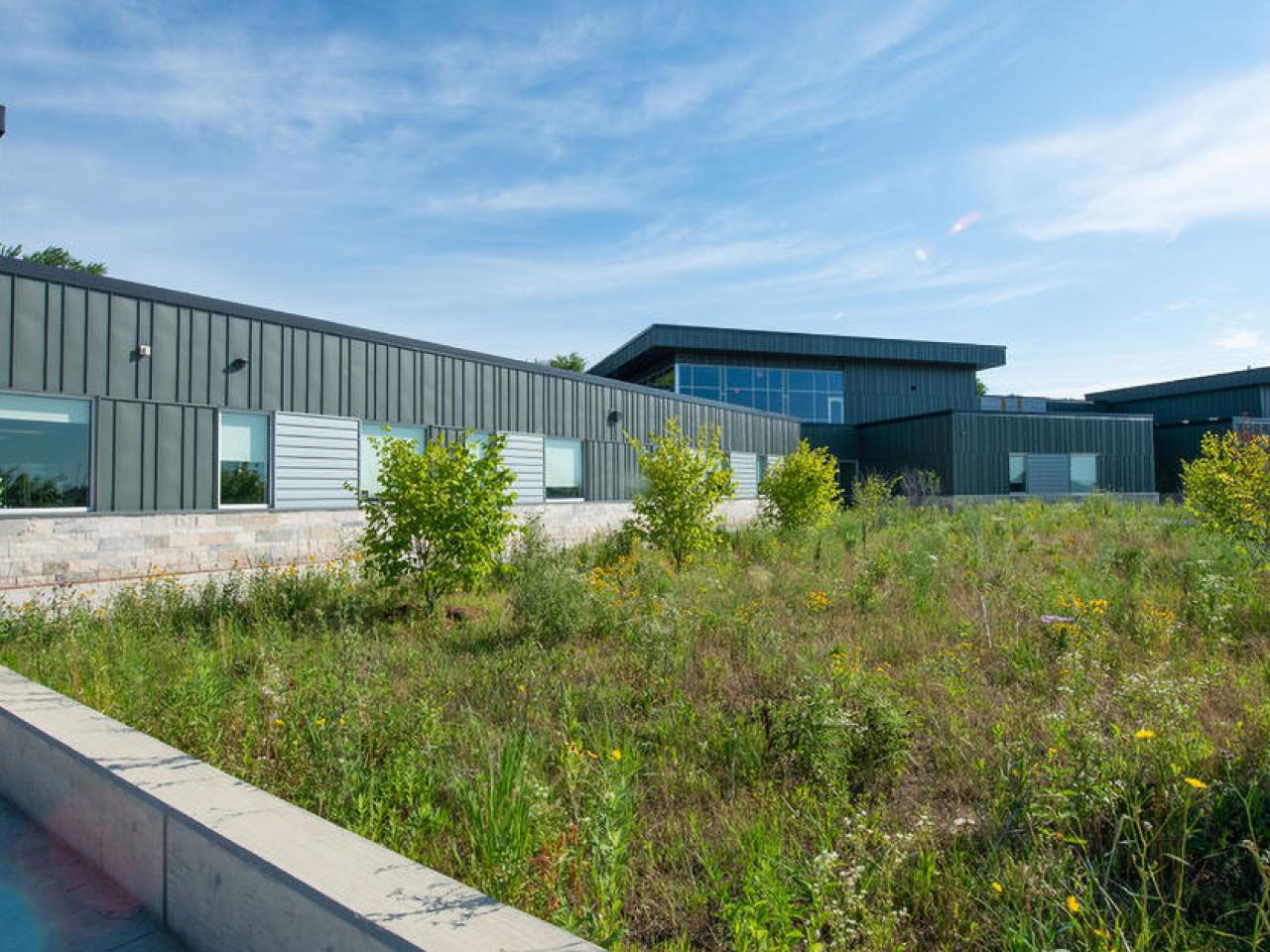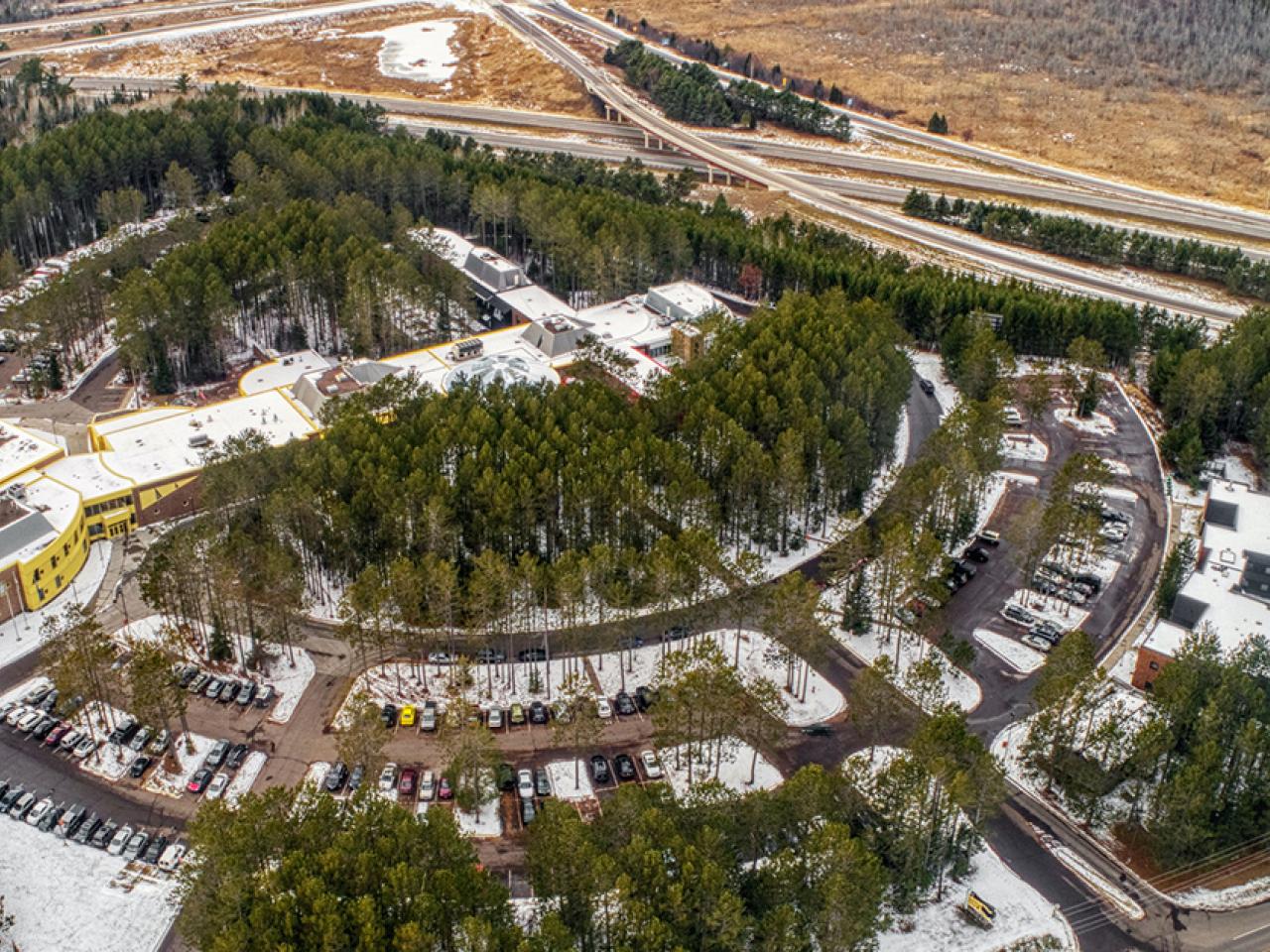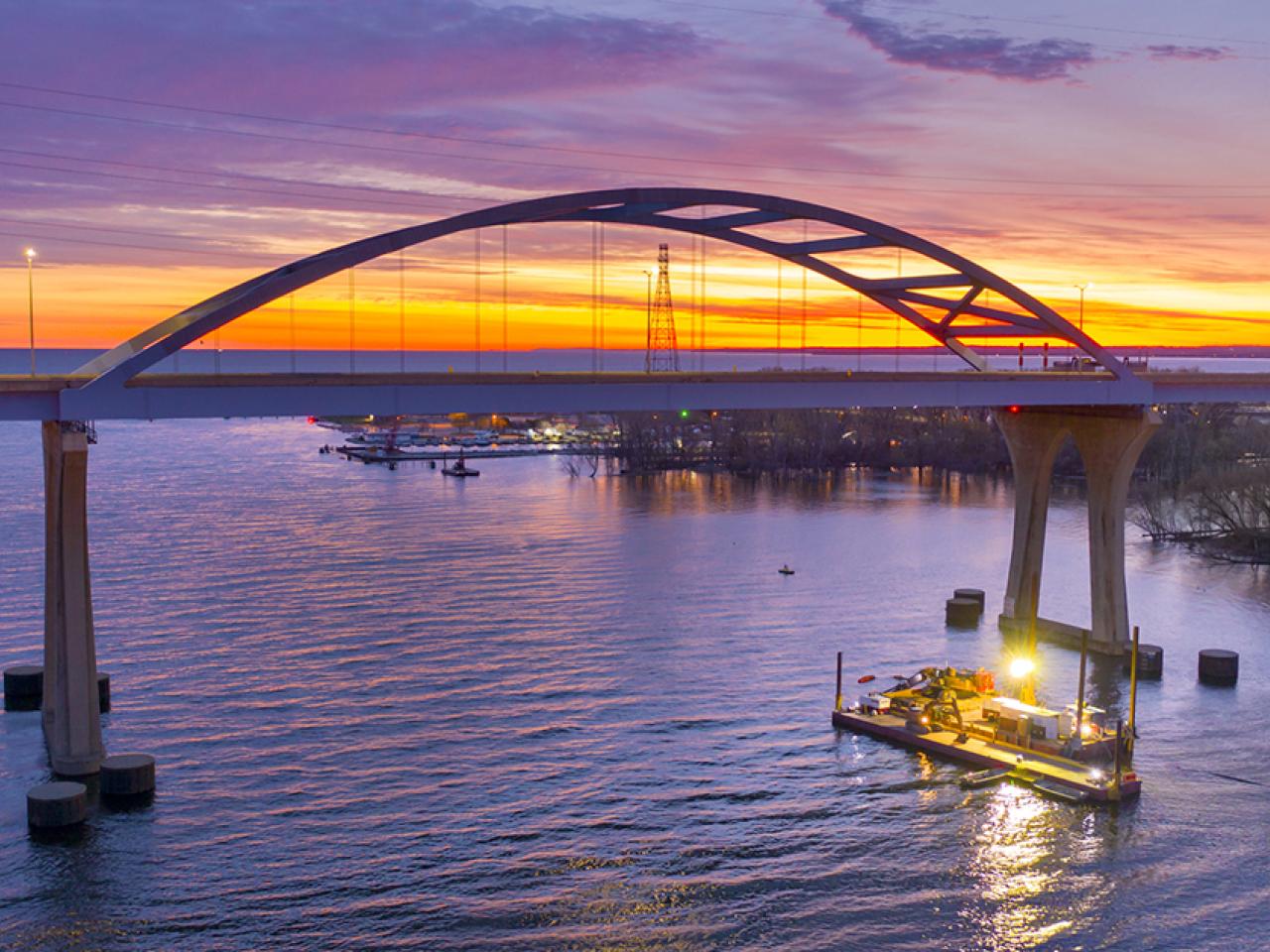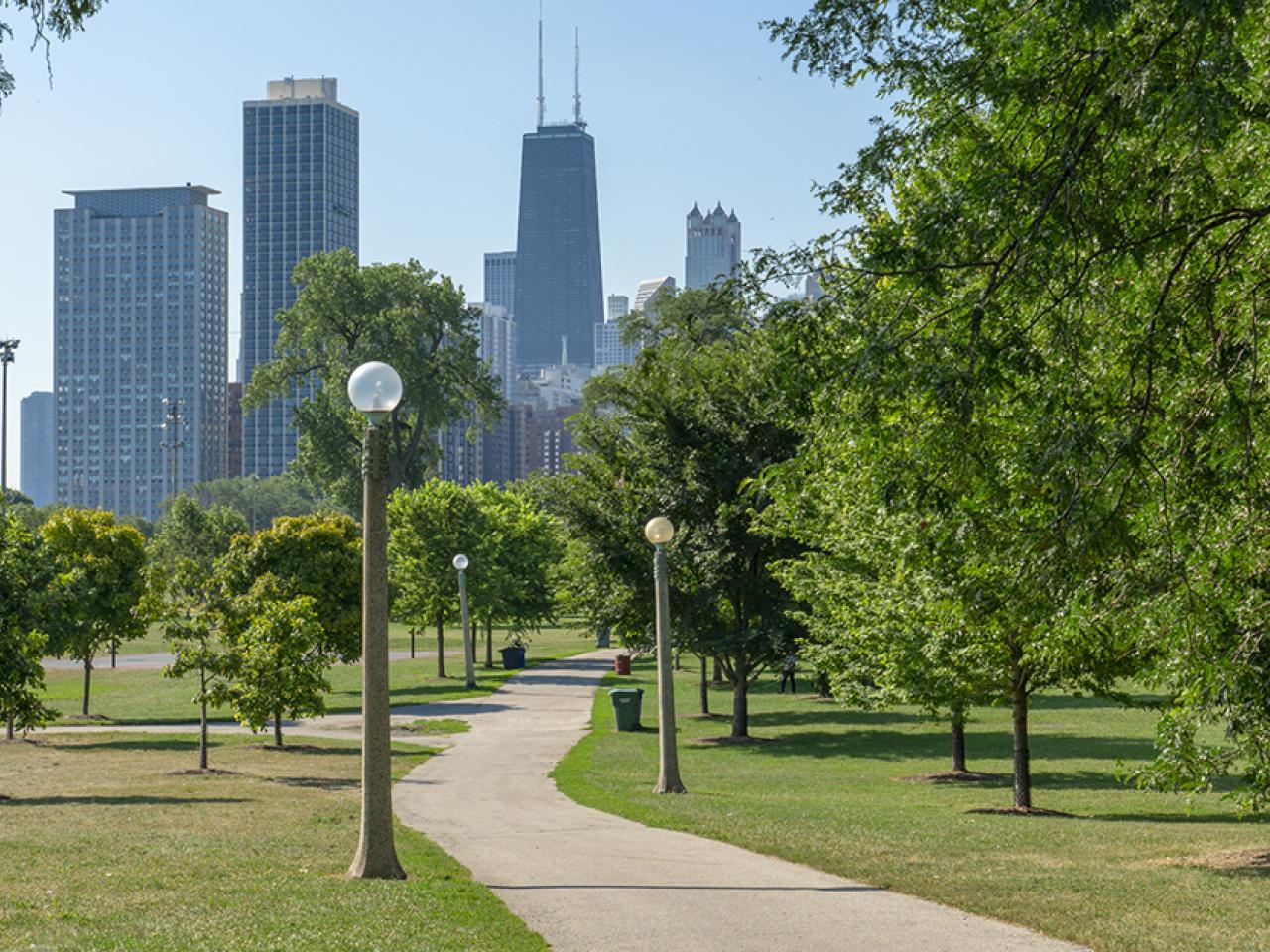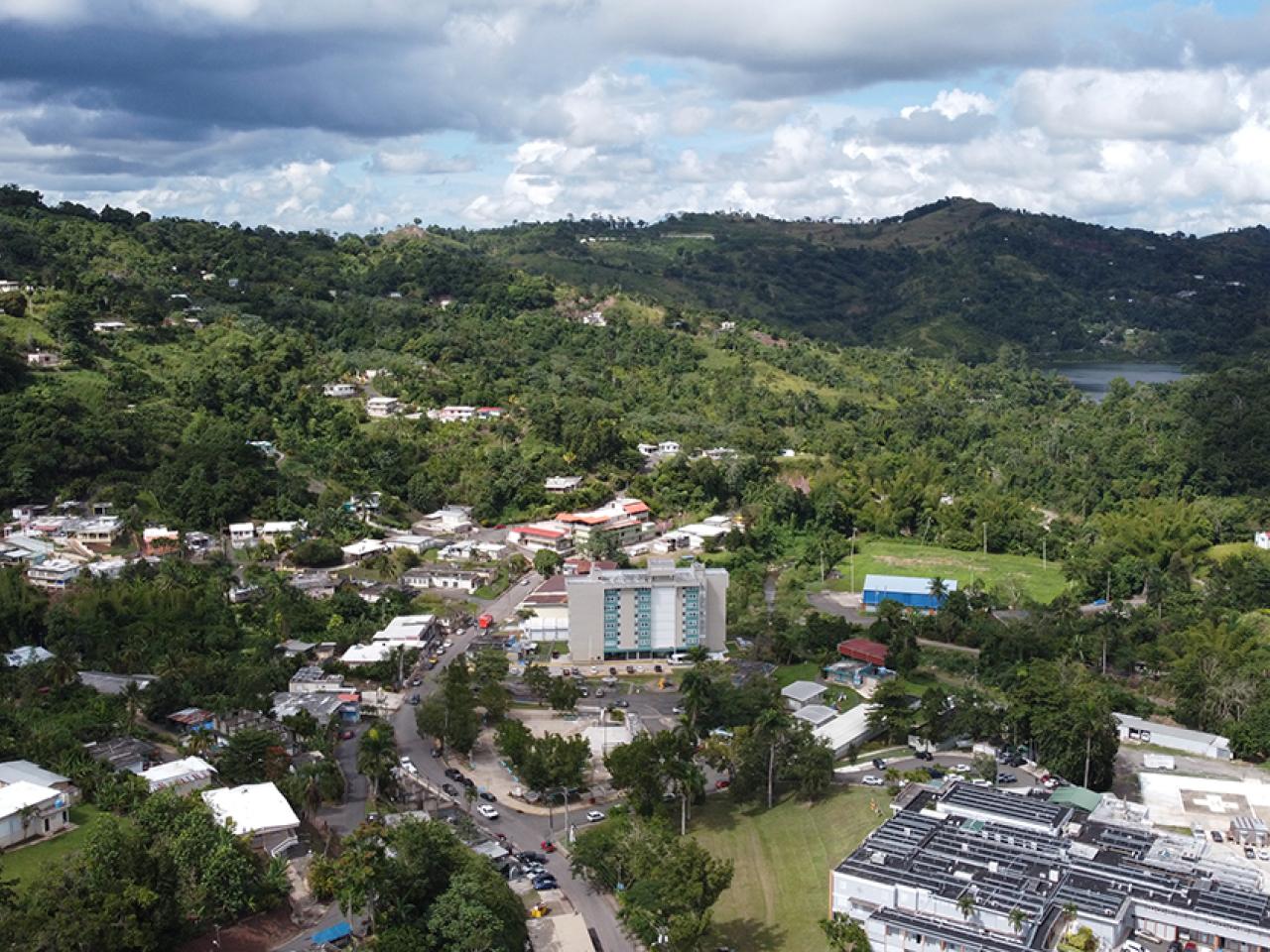From municipal action plans to building decarbonization roadmaps.
Many cities and communities have adopted ambitious goals to reduce their energy and carbon emissions. Yet, not all communities have the same resources to tackle the complex issues of reducing overall energy consumption.
Slipstream supports communities of all sizes—including school districts, cities, states, and Native Nations—in comprehensive energy planning by:
Slipstream's expertise bridges vision and action, helping municipalities chart a clear roadmap toward lower emissions, resilient infrastructure, and healthier, more equitable places to live.
Featured Work on Community Energy Planning
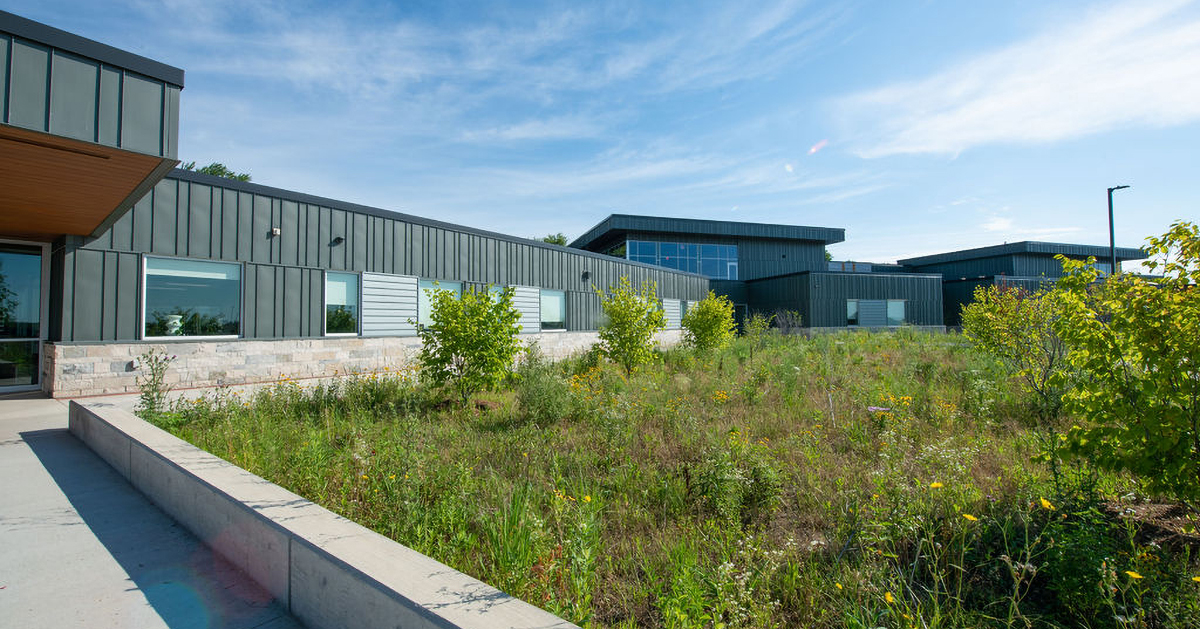
Four school districts in Dane County partnered with Slipstream to collaborate on a joint energy planning project.
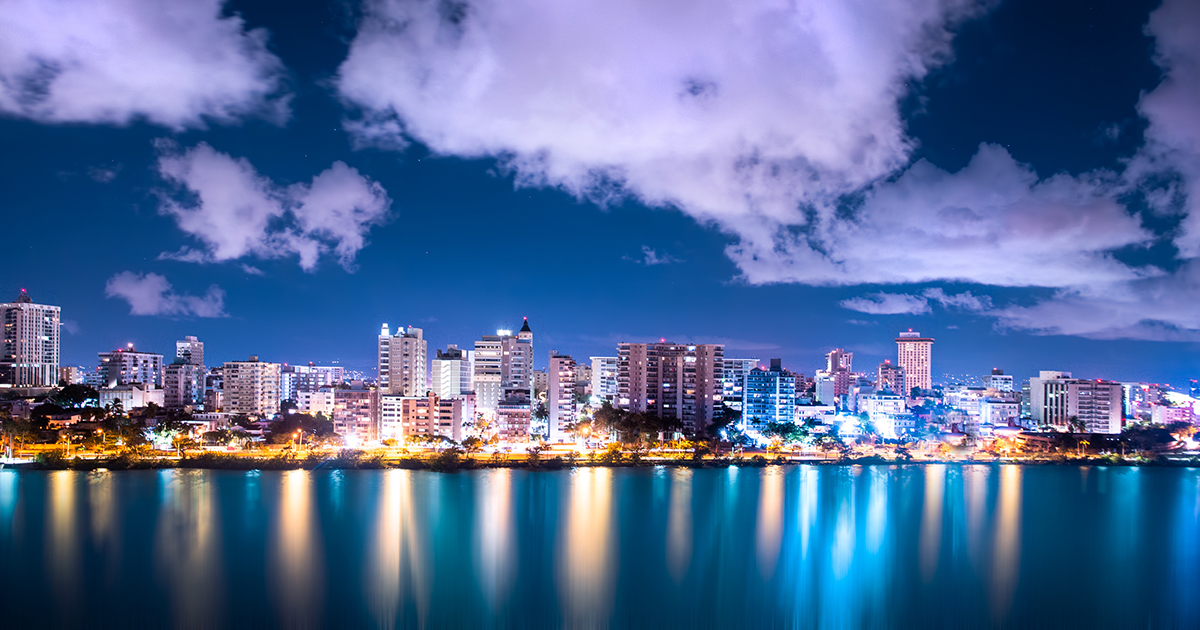
We contributed to a market baseline study as part of the first energy potential study in Puerto Rico.
Webinars
Introduction to Community Energy Planning (October 2024)
Collaborative energy planning: how small municipalities can benefit from working together (June 2021)
